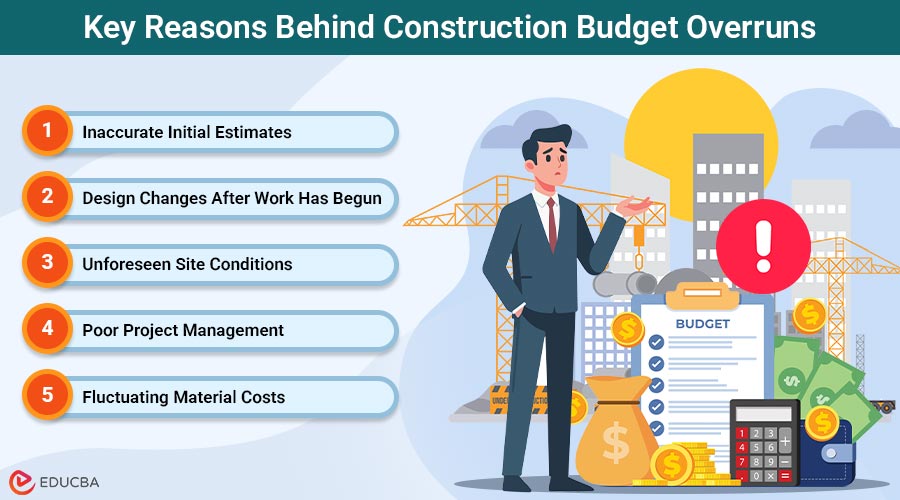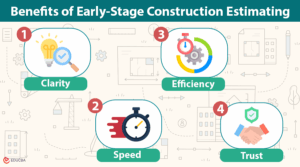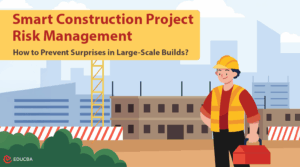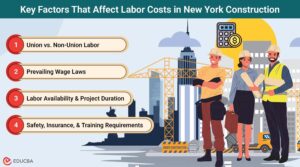
Understanding Construction Budget Overruns
Managing construction budgets is both one of the most important and most difficult parts of any building project. No matter how detailed the planning or experienced the team, many construction projects end up costing more than originally expected. Going over budget does not just impact the bottom line; it can delay completion, reduce scope, and even result in halted projects. So, what are the most common reasons these overruns happen? Let us explore seven key reasons why construction budget overruns occur and how to avoid them.
Key Reasons Behind Construction Budget Overruns
Several key factors often lead to construction budget overruns — below are the most common causes that project teams should watch out for.
1. Inaccurate Initial Estimates
One of the biggest reasons a project goes over budget is due to poor or inaccurate cost estimating in the early planning phase. If you base initial numbers on assumptions rather than precise data, you are almost certain to face unexpected costs.
Many developers now rely on a Blaze construction estimating company to ensure accurate forecasting before the project begins. With access to historical data, cost trends, and industry expertise, these companies can create realistic budgets that reduce the risk of financial surprises.
2. Design Changes After Work Has Begun
Design modifications during construction — commonly known as “change orders” — are a frequent budget killer. When clients or architects alter plans mid-way through a build, it can affect everything from materials to labor schedules.
These changes often require extra materials, equipment, or subcontractors, which increases costs. To avoid this, complete detailed planning and obtain design sign-offs before construction begins. If changes must happen, a process should be in place for cost approvals and timeline adjustments.
3. Unforeseen Site Conditions
Even with detailed site assessments, it is not uncommon to uncover hidden issues such as unstable soil, buried infrastructure, or contamination. These unexpected site conditions can halt progress and require additional work and materials, increasing overall costs.
While some of these surprises are unavoidable, a thorough geotechnical investigation and contingency planning can help reduce their financial impact.
4. Poor Project Management
Construction projects are highly complex, with multiple stakeholders, timelines, and dependencies. When project management falls short — whether through miscommunication, scheduling errors, or lack of leadership — delays and cost overruns often follow.
Strong project managers track timelines, anticipate delays, and coordinate teams effectively. When every moving part is closely monitored and controlled, there is less risk of unnecessary spending.
5. Fluctuating Material Costs
Construction material costs can vary based on market trends, fuel prices, or global supply chain disruptions. Projects that rely heavily on specific materials — like steel, lumber, or concrete — are especially vulnerable to price swings.
To manage this, it is essential to get up-to-date pricing before procurement and consider locking in contracts early. For example, those seeking concrete estimating services in USA often benefit from firms that provide real-time pricing and detailed breakdowns, helping contractors stay ahead of rising costs.
6. Labor Shortages and Inefficiencies
Labor issues continue to challenge the construction industry. Whether it is a shortage of skilled workers or inefficient use of available labor, both scenarios can delay progress and increase costs.
Overtime pay, hiring new subcontractors, or dealing with errors caused by inexperienced labor all eat into a project’s budget. The solution lies in pre-scheduling reliable crews, offering training, and leveraging technology to reduce dependency on manual processes.
7. Inadequate Contingency Planning
Many construction projects do not include enough financial buffer for unexpected costs. Without a well-calculated contingency reserve, even minor issues can push a project over budget.
It is standard practice to allocate 5–10% of the total budget for contingencies. This safety net allows room for adjustments without derailing the entire financial plan.
Final Thoughts
Construction budget overruns are not a matter of chance — they are often the result of missed steps, assumptions, or reactive management. By addressing the root causes like inaccurate estimating, design changes, and fluctuating costs, teams can protect their budgets and ensure smoother project execution.
The construction landscape is complex, but it is also predictable when the right systems and experts are in place. Whether it is partnering with a reliable construction estimation service or using specialized concrete estimating services, the goal is the same: build smarter, with precision, and within budget.
Recommended Articles
We hope this guide on construction budget overruns helps you identify common pitfalls and take proactive steps to keep your project on track. Check out these recommended articles for more strategies on efficient project management.
- Construction Project Risk Management
- Construction Management Strategies
- Construction Estimating
- Construction Debris



